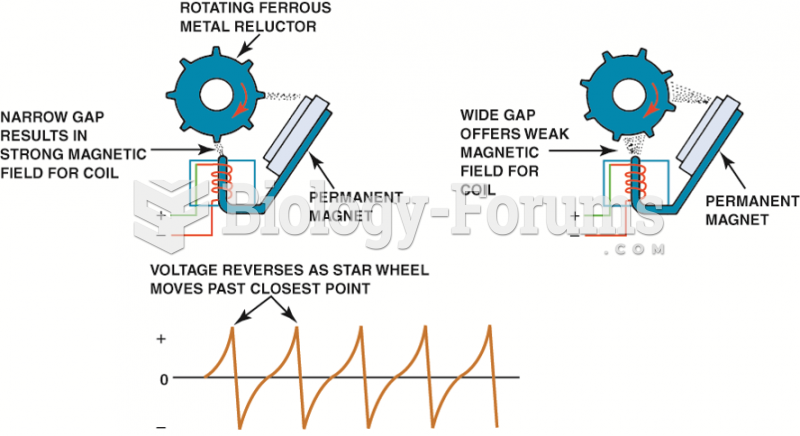|
|
|
The top five reasons that children stay home from school are as follows: colds, stomach flu (gastroenteritis), ear infection (otitis media), pink eye (conjunctivitis), and sore throat.
Oxytocin is recommended only for pregnancies that have a medical reason for inducing labor (such as eclampsia) and is not recommended for elective procedures or for making the birthing process more convenient.
Eat fiber! A diet high in fiber can help lower cholesterol levels by as much as 10%.
Not getting enough sleep can greatly weaken the immune system. Lack of sleep makes you more likely to catch a cold, or more difficult to fight off an infection.
The most destructive flu epidemic of all times in recorded history occurred in 1918, with approximately 20 million deaths worldwide.
 Operation of a typical pulse generator (pickup coil). At the bottom is a line drawing of a typical ...
Operation of a typical pulse generator (pickup coil). At the bottom is a line drawing of a typical ...
 A typical General Motors HEI coil installed in the distributor cap. When the coil or distributor cap ...
A typical General Motors HEI coil installed in the distributor cap. When the coil or distributor cap ...





